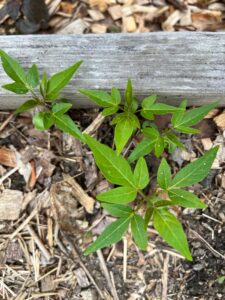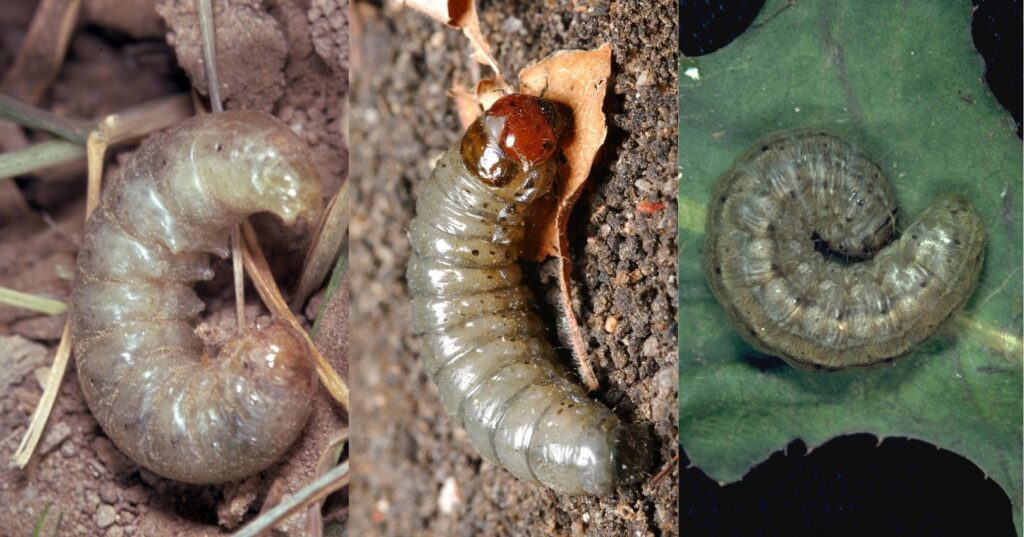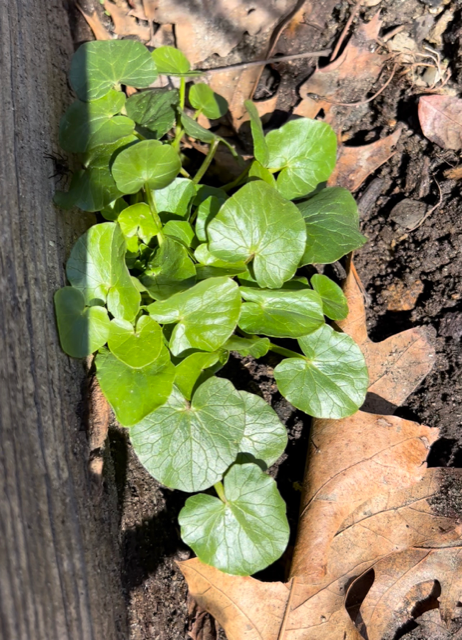We have a garden pest that does not directly affect our garden plants, but it is a real threat to our ecosystem. Ailanthus tree sprouts are in many of our garden beds and may look like an ordinary weed, but the giveaway is that they smell like peanut butter.
Also known as “Tree of Heaven,” Ailanthus grows very fast, crowds out our native shrubs and trees, and is very difficult to get rid of once it becomes deeply rooted.
Worst of all, Ailanthus is the host species for the spotted lanternfly, which is a huge pest to fruit trees, stone fruits and our own eastern native forest trees.
Please pluck out Ailanthus sprouts in and around your garden bed, and put them into the cold compost bin.
Look out for the bigger sprouts or young saplings and pull them out whenever they are, on garden property, or anywhere you are tending to a natural area.




